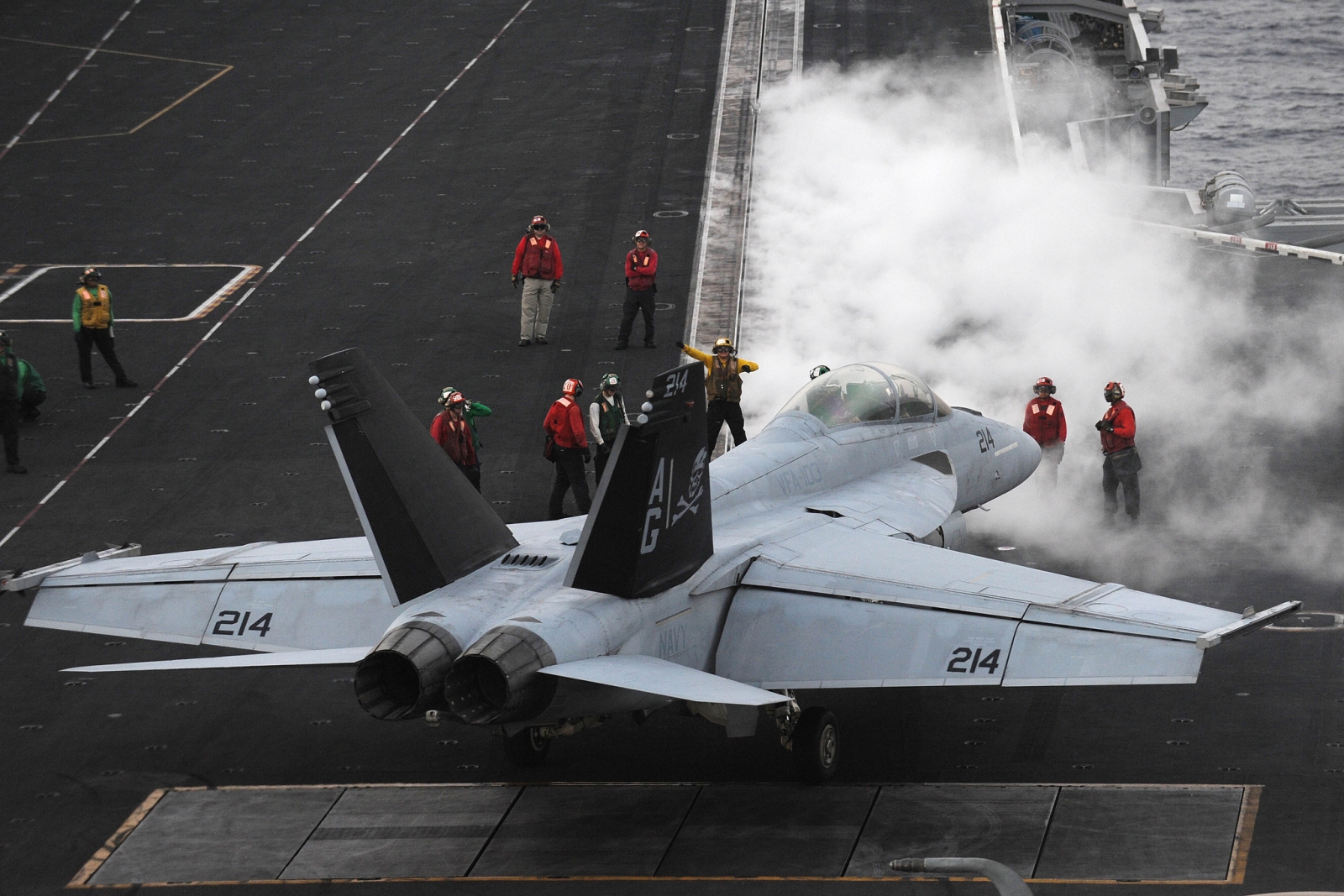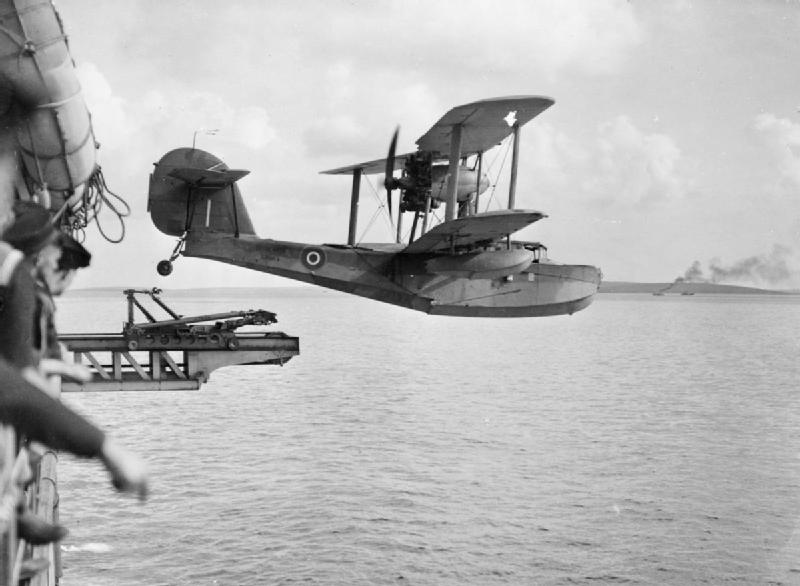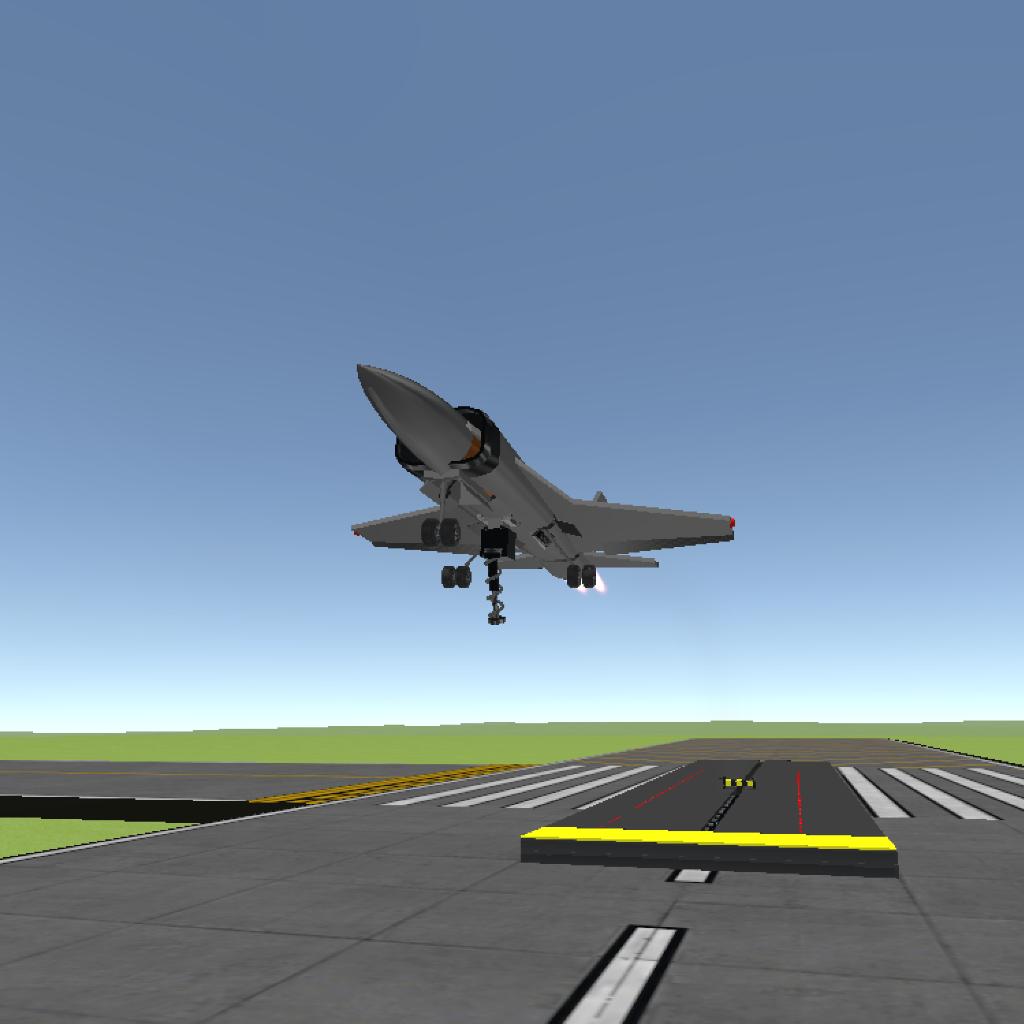

CTOL fighters typically do about half that. )Īn F/A-18 touches down around 720 fpm (12 ft/s). ( Source: DoD photo by: PHAN KRISTOPHER WILSON, USN Date Shot.
AIRCRAFT CARRIERS CATAPULT SKIN
Landings are stressful (notice the fuselage skin wrinkling beneath the radome on this Hawkeye): That averages out to 230,000 lbf.Īccelerations average around 3 g's, peak around 4 g's. Each shot consumes up to 614 kg of steam piped from the reactor (NB: not the primary coolant loop). EMALS more finely controls launch forces (Max Peak-to-Mean Tow Force Ratio = 1.05), allowing it to launch smaller a/c (eg, smaller UAVs) and delivering a smoother ride that reduces airframe fatigue.Ĭurrent steam catapults deliver up to 95 MJ over 94 m. The EMALS stores 484 MJ in four 121 MJ alternators spinning at 6400 rpm.

The addition of catapults would also allow IAC 2 to operate fixed-wing airborne early warning and control system and battle management aircraft, such as Northrop Grumman's E-2D Hawkeye, providing the fleet with far greater situational awareness than helicopter-borne surveillance equipment.Steam/power settings are adjusted for each a/c type and T/O weight. Ramp-assisted operations require long take-off runs, and involve fighters burning considerable fuel just to get airborne. Through the use of catapults, IAC 2 would be able to operate larger, more powerful aircraft, such as the Dassault Rafale - the apparent winner of the Indian air force's medium multirole combat aircraft requirement - or the Boeing F/A-18E/F Super Hornet.Ĭatapults would reduce the deck space required for launching aircraft, while allowing them to carry more fuel and heavier payloads. Prior to the emergence of these issues, Russian pilots in RAC MiG-29K/KUB aircraft conducted successful flight tests from the ship ( below). The Vikramaditya was supposed to have been delivered this month, but problems with the ship's propulsion system have reportedly delayed this until the second half of 2013.

This would allow one carrier to be stationed on each of India's coasts, while the third would undergo repairs or perform other duties such as training. Indian navy plans call for a three-carrier fleet, with the service's only current example, the Viraat, to be retired in the coming years. New Delhi is also considering the possibility of making IAC 2 a nuclear-powered vessel. Senior leaders within the navy are leaning toward deploying this ship with catapults, sources say, with a decision on whether to integrate steam catapults or an electromagnetic aircraft launch system to come as soon as July 2013. IAC 2 is envisaged as a far larger warship - with a displacement of approximately 60,000t - and could enter the fleet within 10 to 15 years. As with the Vikramaditya, IAC 1 will launch aircraft using a "ski-ramp" structure. The lead ship will be similar in size to the INS Vikramaditya, formerly the Soviet carrier the Admiral Gorshkov, and displace approximately 36,000t, says a source familiar with Indian navy plans. The vessel, referred to within New Delhi naval circles as IAC 2 (indigenous aircraft carrier 2), will follow IAC 1, which is now being built in Kochi shipyard. India is in the process of deciding whether its second indigenous aircraft carrier will be equipped with catapults.
AIRCRAFT CARRIERS CATAPULT UPDATE



 0 kommentar(er)
0 kommentar(er)
